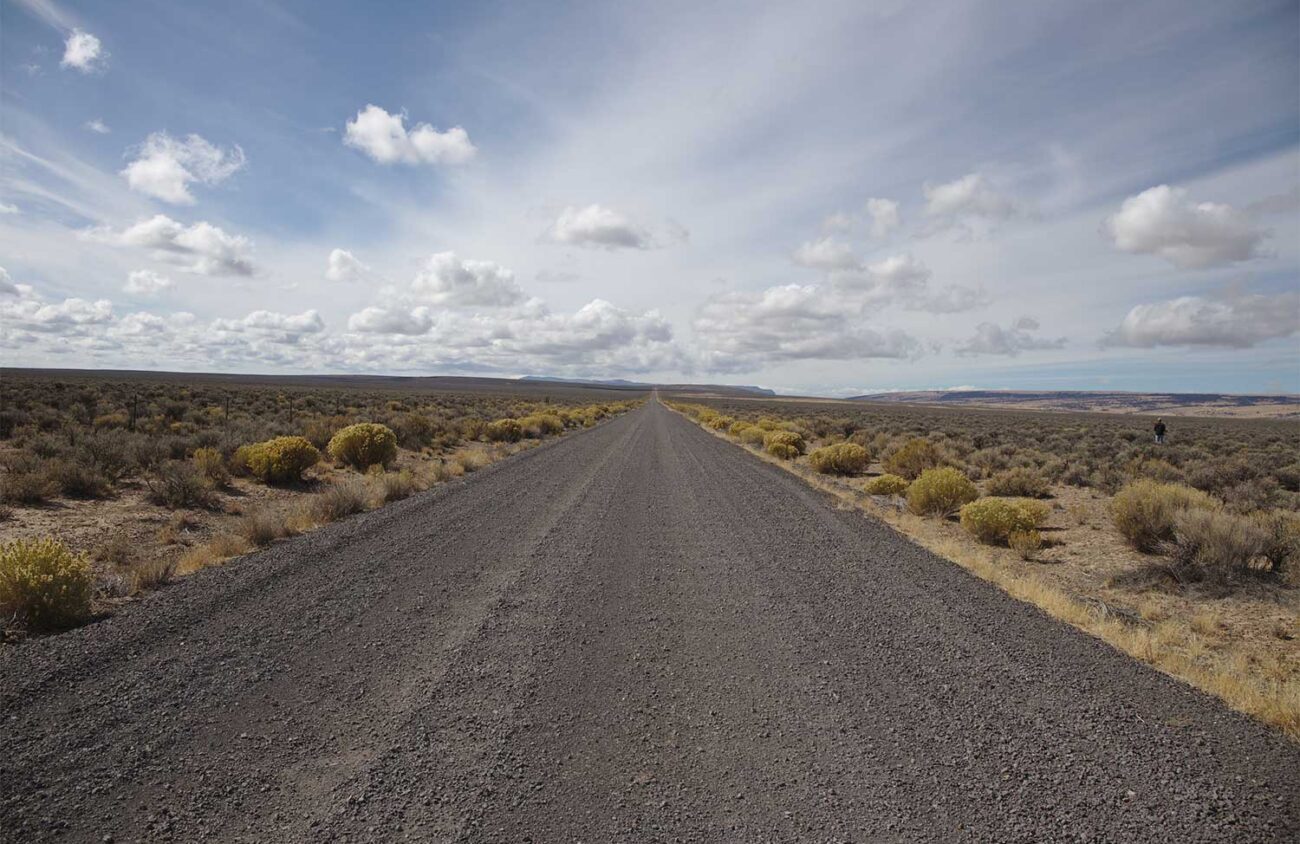The Warner Peak fire started August 5 by a lightning strike on a juniper tree on the west face of what is known as south Hart Mountain, within the Hart Mountain National Antelope Refuge.
“We also just have these extreme winds. It’’s just the time of year where any wildfire, any lightning strike, has significant potential for a lot of growth,” says Shannon Ludwig, project leader for Sheldon-Hart Mountain National Wildlife Refuge. He says that, unfortunately, the only way that fire could have been fought was with aircraft and more people, but resources were limited due to the many other wildfires raging across the West.
It was later reported that Oregon has set a modern record of acres burned during this fire season. As of mid-September, 2.1 million acres have burned across the state, according to the Northwest Interagency Coordination Center, which coordinates resources and support for state and federal agencies managing wildfires in Oregon and Washington.
Ludwig says the wind and location of the fire made it extremely difficult to control, and the fire moved past the original suppression lines that were established.The fire ended up burning around 40,000 acres within the first week as they fought for control.
“We were able to garner support and attention and brought in more resources,” he says. “But in the end it would burn 65,000 acres in areas that haven’t seen fire in hundreds of years.”
Josh Loew, the young refuge manager, was working on a truck parked at his house at the headquarters complex when the heavy equipment operator, Sam Damuth, pointed out a big smoke plume.
“They sent me in to scope out where the people were on the refuge for safety purposes, but early on it wasn’’t a big thing. We thought it would be contained pretty quickly,” he says. As the acting manager, he was immediately wrapped up in working on the fire by helping with logistics and structure protection. He noticed quickly that the fire was moving in the direction of the headquarters, so they strategized to ensure the buildings would be protected.
“Eventually, we all did evacuate because they called to evacuate our area,” Loew says, adding that he and his family ended up at a hotel in Klamath Falls because Lakeview was already pretty full.
Now, Ludwig says, they are looking towards a path of recovery. This means looking at targeting problems that would inhibit restoration, such as invasive annual grass. Ludwig says they are reseeding areas and are using science behind how they will help the area. Their plan, he says, is to spend five years rehabilitating the landscape, but he says the sagebrush restoration is a generational change that will take much longer.
“We want to be patient, but we also know there is urgency as well.” Ludwig confirms the part of the refuge affected by the fire will be closed until June 15, 2025 in order to reduce stress on the wildlife and also lower the chances of invasive species. The rest of the refuge will be open.
